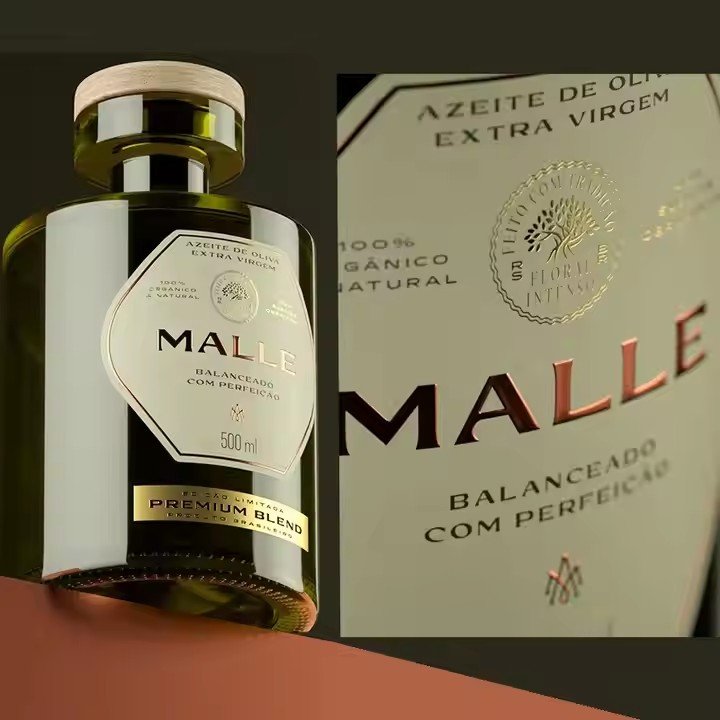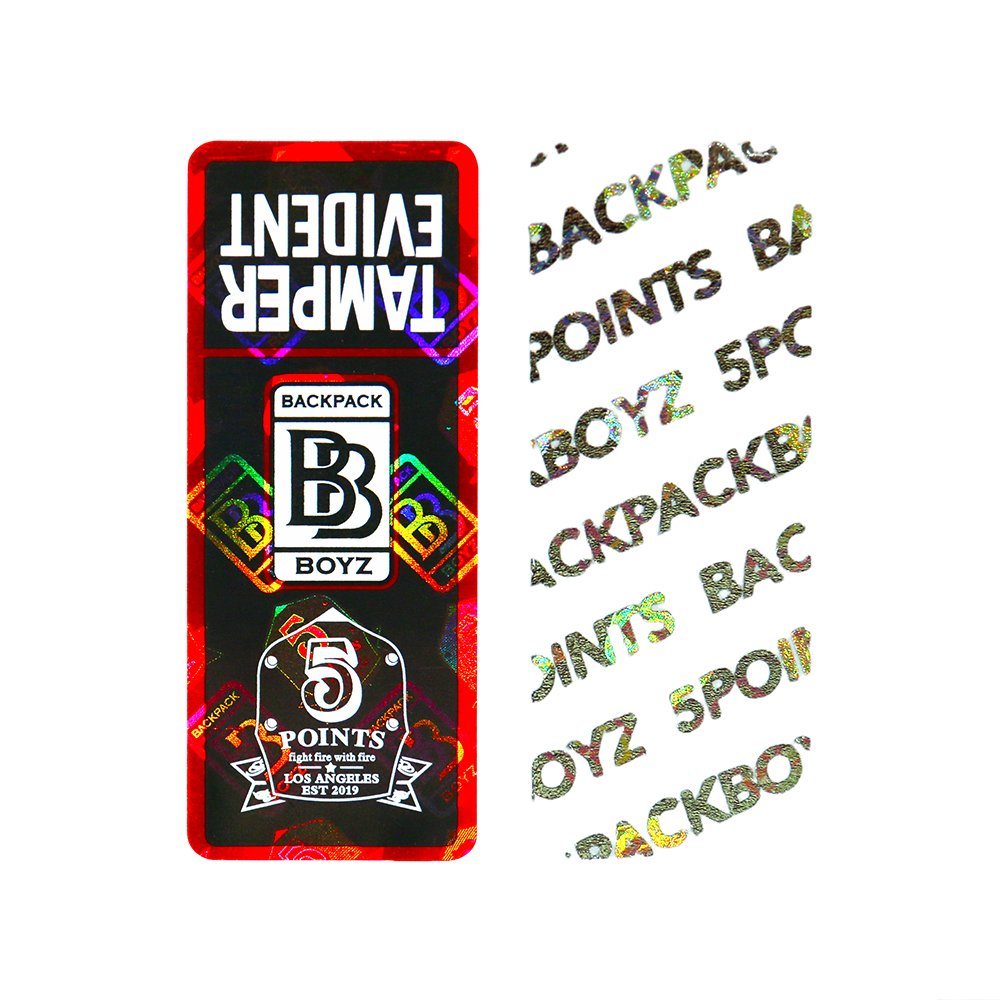I. Metal Materials: Naturally Premium, Ideal for High-End Products
Metal materials exude a cold, refined luster that instantly enhances a label’s sense of luxury, making them perfect for premium goods such as luxury items, 3C products, and high-end home furnishings.
Aluminum Foil / Anodized Aluminum
Advantages: Lightweight and thin, capable of displaying pure metallic colors such as silver, gold, or black through anodizing. The surface can be brushed, frosted, or laser-engraved, offering both fine tactile texture and strong abrasion resistance.

Applications: Commonly used for parameter labels on electronic devices (e.g., model labels on smartphones) and bottle labels for high-end cosmetics—showcasing a sense of technology while resisting fading from friction.
Notes: Not suitable for curved or flexible surfaces; the base must be flat to prevent edge lifting.
Copper Foil / Brass
Advantages: Naturally warm metallic sheen that develops a unique patina over time, creating a vintage aesthetic. Its excellent ductility allows for custom shapes.
Applications: Ideal for vintage-style leather goods, crafts, and solid wood furniture—for example, brass nameplates on handmade leather bags that gain character with age.
Notes: More expensive and heavier than aluminum; requires high-strength adhesives to prevent detachment.
Metal Alloys (Zinc Alloy, Magnesium Alloy)
Advantages: Harder than pure metals and suitable for die-casting into embossed or intricate patterns with strong three-dimensional appeal.
Applications: Premium liquor bottle cap labels, automotive interior badges—for instance, embossed alloy sleeves on wine bottles that convey refined craftsmanship.
II. Specialty Papers: Defined by Texture, Ideal for Cultural and Light-Luxury Products
Specialty papers rely on thickness, grain, and surface treatment to create a soft yet detailed tactile experience. They are widely used in creative, apparel, and food sectors.
Cotton Paper / Recycled Cotton Paper
Advantages: Made from natural cotton fibers, with fine surface textures and a soft, eco-friendly touch. It can be printed with ink wash-style designs to convey a natural and rustic look.
Applications: Used in cultural and creative goods (e.g., notebooks, planner stickers) or organic food packaging, such as tea boxes—reinforcing the concept of “natural and additive-free.”
Notes: Highly absorbent; waterproof inks are necessary to prevent blurring.
Glassine Paper / Translucent Paper
Advantages: Semi-transparent and lightweight, creating a “floating” visual effect when layered over products or other labels. Can be enhanced with hot stamping or embossing for added sophistication.
Applications: Common for clothing tags (e.g., layered over fabric samples) and skincare bottles—transparent glassine labels allow information display without concealing product color.
Notes: Fragile and easy to tear when folded; best used with rigid packaging.
Embossed Paper (Linen, Leather, or Wood Grain)
Advantages: Mechanically embossed to replicate natural textures, ensuring a cohesive tactile and visual effect. Linen paper mimics fabric’s coarseness, while leather-grain paper matches the feel of genuine leather.
Applications: Clothing hang tags, luxury gift boxes—for instance, leather-grain paper tags on handbags enhance consistency between label and product material.
III. Synthetic Materials: Durable and Versatile, Suitable for Outdoor and Functional Uses
Synthetic materials offer waterproof, weather-resistant, and friction-proof qualities, making them ideal for outdoor goods and daily-use items while still achieving a premium appearance through finishing techniques.
PVC (Polyvinyl Chloride) / PC (Polycarbonate)
Advantages: Moisture-proof and waterproof, available in transparent or colored forms. Surface options include matte, glossy, or domed epoxy finishes (the latter producing a jelly-like 3D texture).
Applications: Outdoor gear (e.g., tent and backpack logos), bathroom products such as shampoo and body wash labels—resistant to fading and peeling even under prolonged water exposure.
Notes: PVC may release harmful substances at high temperatures and is not suitable for food-contact products; PC is more eco-friendly but costlier.

PET (Polyester Film)
Advantages: High tensile strength and flexibility; can be made into ultra-thin labels. The surface can be metalized (e.g., aluminum-coated) to achieve a metallic sheen while remaining lightweight.
Applications: Battery labels for 3C products, wash-care labels in garments—for example, PET labels on smartphone batteries withstand heat while maintaining a refined appearance.
Heat Transfer Film
Advantages: Transfers designs directly onto plastic, metal, or glass surfaces via heat, achieving detailed, durable patterns ideal for irregular or complex shapes.
Applications: Kitchenware (e.g., non-stick pan handle markings), toys (e.g., brand graphics on plastic toys), ensuring seamless adhesion without raised edges.
IV. Natural Materials: Conveying an Organic Feel, Ideal for Custom and Handcrafted Products
Natural materials, with their unique textures and eco-friendly nature, are a preferred choice for premium custom products, communicating a sense of rarity and artisanal craftsmanship.


